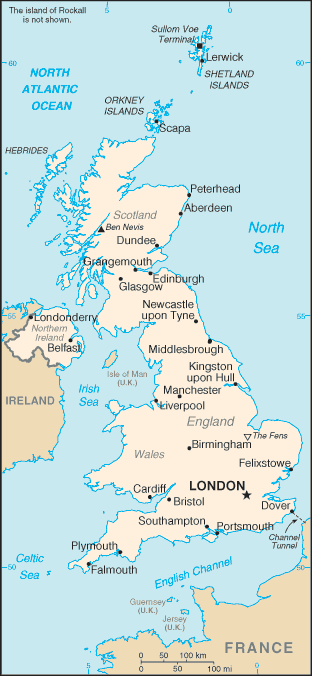United Kingdom Country Profile

Drug policy
- The United Kingdom’s (UK) Drug Strategy has two main aims: (i) to reduce illicit and other harmful drug use; (ii) to increase the number of people recovering from their dependence. It looks to do this by: i) reducing demand; (ii) restricting supply; and (iii) building recovery in communities.
Treatment and Recovery Services
- Quality treatment is viewed as an effective way to tackle the problem of drug use.
- The UK drug strategy notes that key to helping drug users re-integrate into society is coordination and integration across a range of service providers.
- Drug treatment encompasses a range of available treatments and services. These include community and primary care-based prescribing, community one-to-one and group-based psychosocial interventions to support recovery, inpatient treatment, day programmes, as well as residential drug treatment and rehabilitation support.
Prevention Services
- One of the main aims of the UK drug strategy is to establish a life-long approach to drug prevention. This covers early years, family support, drug education and targeted specialist support.
- Drug strategies opt for a broad approach to prevention. This does not target drugs specifically, and instead looks to strengthen general resilience factors associated with reducing the inclination to explore risky behaviours, including drug use.
- Prevention interventions encompass a wide range of complementary approaches.
- Drug prevention is part of the national curriculum throughout most of the United Kingdom. The focus is on building resilience in young people.
- Most schools have a drug education policy and guidelines for dealing with incidents that involve drugs.
Recent Knowledge Share content about انګلستان

